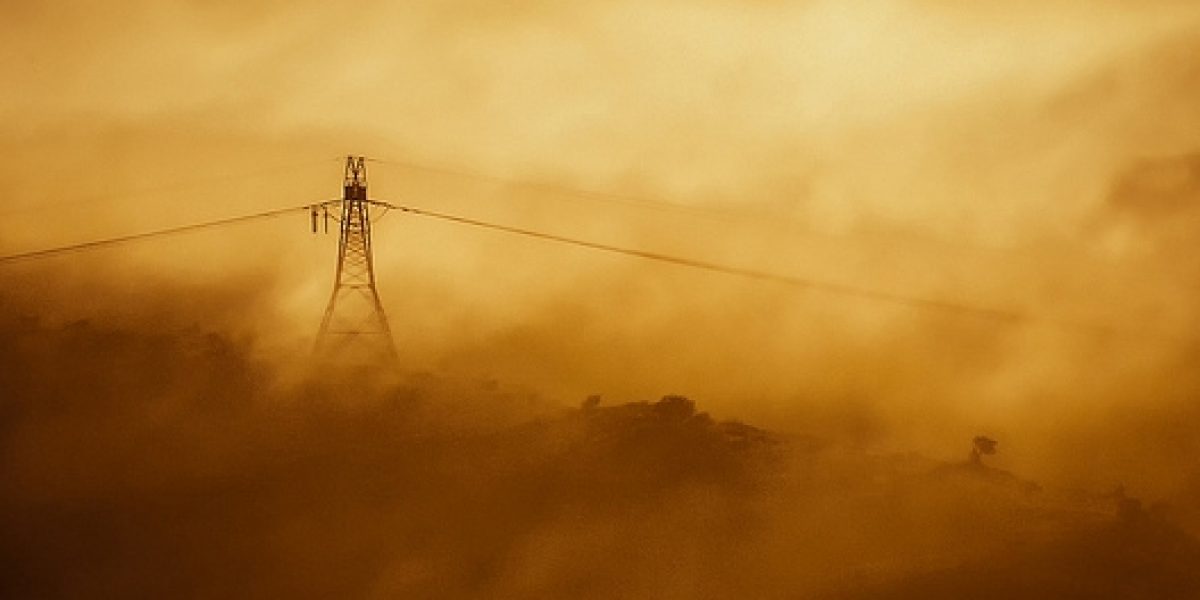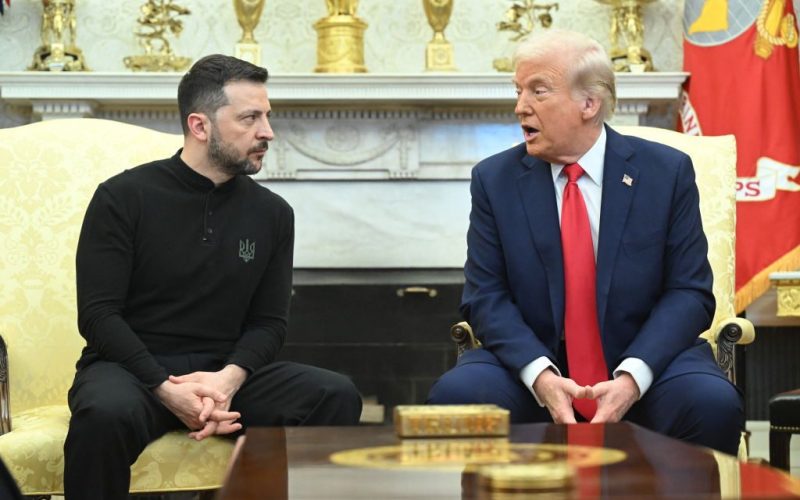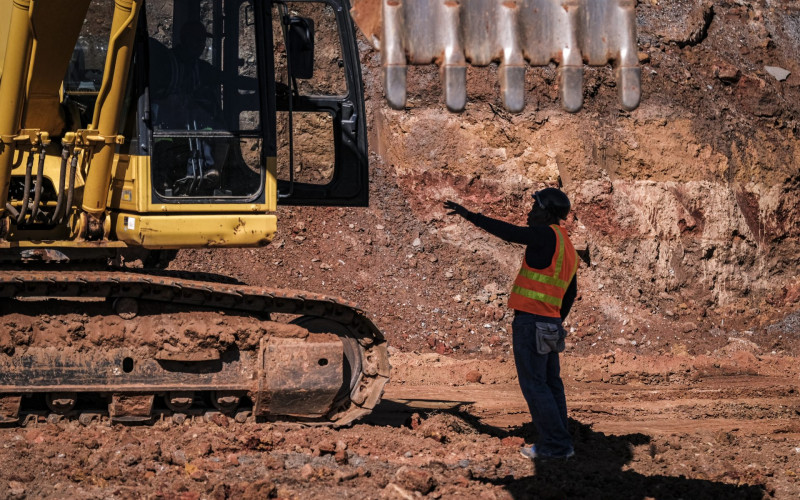Last month’s suspension of four top executives of Eskom, the state-owned energy utility, and the subsequent resignation of its chair, have partly overshadowed the five-point plan adopted by the Cabinet on 10 December 2014 to address South Africa’s electricity supply constraints.
The plan made provision for a technical implementation ‘war room’ under the supervision of a ministerial cluster including the Departments of Energy; Corporate Governance and Traditional Affairs; Public Enterprises; National Treasury; Economic Development; and Water and Sanitation with the task to address five intervention areas. These included emergency measures to be undertaken by Eskom during an initial 30 day period; harnessing cogeneration opportunities in partnership with the private sector; and accelerating the substitution of diesel with gas. Other measures include the launching of a coal independent power programme, exploring the nuclear option alongside renewable energy sources, and managing demand through energy efficient technologies.
Apart from the government departments tasked with the plan, technicians from Eskom, joined by experts from elsewhere in government, were charged with providing support to the war room. Crucially, the plan was conceived not only to ensure additional electricity supply, but also to make sure that due contract management and oversight functions are efficiently exercised. While it is unclear how an independent inquiry initiated on 12 March to look into Eskom’s challenges such as poor generation capacity, delays in its infrastructure build and its primary energy and cash flow problems are linked to the five-point intervention plan, it is useful to explore whether the plan goes far enough in addressing South Africa’s energy challenge.
The severity of the power problem for industry is underlined by the decision of some private sector actors, such as Sibanye Gold Limited, to become energy-independent. Sibanye aims to invest in solar power and build its own coal-fired plants with the capacity to generate 200-600 MW of electricity. Whether such a move portends an impending mass defection of the corporate sector from the national grid remains to be seen. What is beyond doubt is waning private sector confidence in the government’s ability to address the country’s electricity constraints. South Africa’s short to medium term energy plans involve a mix of renewable and non-renewable sources. However, it is not often clear how the government ranks or prioritises each of those sources in terms of their fit, commercial viability and implications for national finance. Clear prioritisation by government is needed, particularly in light of the fiscal constraints unveiled in the 2015 budget.
On renewables for example, independent power producers (IPPs) offer market-driven options for government to rapidly address supplies constraints. It has long been clear that IPP-sourced electricity hold some advantages, including private sector finance and a renewables focus. Both factors could inject healthy competition into the national energy sector. Why the government is not doing more to encourage IPPs has confounded many analysts. To Eskom’s credit, some of its recent improvement plans have been proceeding well. The long-delayed Medupi unit 6 is now partly operational, though generating only a fraction of its planned capacity. Eskom is also better managing demand, including through retrofitting energy efficient technologies in residential dwellings. There might also be an argument for extending rebate programmes aimed at encouraging use of more energy efficient appliances such as geysers. However, whilst the government announced that it will provide Eskom with 23 billion rand in the next fiscal year, it is not yet clear how this injection will be distributed across the 5 areas in the government’s five-point plan.
Regarding nuclear procurement, the government in 2014 signed Inter-Governmental Agreements with vendors from supplier nations, including the United States, South Korea, Russia, France and China. The government promised to engage all the vendors in a transparent and competitive procurement process. Given the financial burden of a nuclear energy option, the affordability of this procurement plan sits uneasily with the government’s Integrated Resource Plan (IRP) 2010-2030. The government also recently announced steps to add another 800MW of electricity to the grid through co-generation agreements with private investors. Negotiations for other co-generation projects will similarly be concluded by mid-2015. These announcements are commendable as they clearly outline a path towards reaching the second objective in the five-point plan, namely to harness cogeneration opportunities with the private sector to assist energy diversification. Yet, in the extant debates on South Africa’s energy mix, there is lack of clarity on the government’s rationale for prioritising key elements in its energy mix.
Notably, elements in the government’s nuclear procurement plans and new investments in coal-fired plants have been criticised, respectively for their huge cost, long lead time and incongruity with the country’s aspiration for a cleaner energy future. As noted earlier, a clearer assessment of the suitability, efficiency and financial performance of different energy sources is essential. Also, government must outline a comprehensive energy vision to restore public confidence in its ability to lead responsibly on managing these challenges.
A good first step in this direction will be the publication of a Cabinet-endorsed update to the IRP 2010-2030, informed by comprehensive consultation with all important stakeholders. This must be at the core of government efforts to align energy planning and implementation with South Africa’s broader economic and financial reality.
It is also to be hoped that the ongoing enquiry into Eskom’s operational challenges will succeed in revealing the underlying causes of its problems. That will go a long way towards enabling the government to proffer comprehensive, informed solutions that can help to loosen the stranglehold of Eskom’s inefficiencies on the economy.







